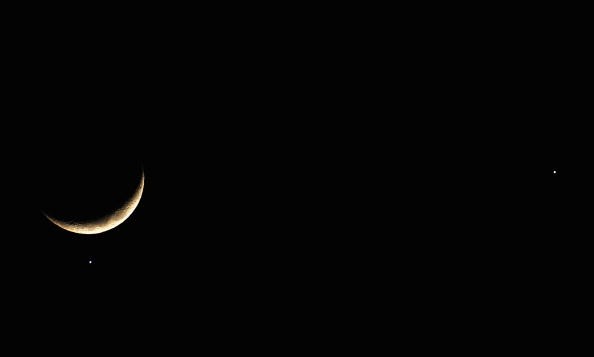The earth's atmosphere might burn up in a few billion years, thus making Earth completely inhabitable for every kind of organism. However, the solar system might remain as full of life as it is now.
These are the new findings derived from models created by astronomers Ramses Ramirez and Lisa Kaltenegger. The details of the two models published in the Astrophysical Journal suggest that the sun will expand into a giant red ball and the oceans will melt away completely, leaving the Earth soaked in lava.
While all these terrible things might happen to Earth in the future, Saturn's moon Enceladus and Jupiter's moon Europa might provide a refuge to humanoid forms who escaped Earth's inhabitable and devastating atmosphere.
This is one the key findings made by the two astronomers. Ramirez and Kaltenegger expect the frozen outer solar system to become habitable to other living beings, with the aging and the expansion of the sun.
"We know that in the future, our sun will become too hot and bright for life on Earth," Kaltenegger said in an interview with Gizmodo. "Science fiction often plays with the idea that people will move to Mars and further out. Now we know where to go."
It is a known fact to the researchers that with the heating of the inner solar system, the outer solar system cools up and tends to become more habitable. Therefore, the researchers expect this phenomenon to take place all over the galaxy, as the stars age and expand.
However, one of the biggest questions is whether these habitable zones are able to support life. To find its answer, Ramirez and Kaltenegger created models depicting the locations of different red giants and their habitable zones.
The astronomers figured out that solar system's red giant habitable zone might last for 500 million years. However, similar zones for stars with smaller mass might last much longer than the entire period of life on Earth.
The study findings support the idea of human migrating into a different habitable zone located in other orbits. In addition, there is one more possibility: the alien life, if any, buried below the icy cold surface of the outer solar system might get an opportunity to evolve again in another five billion years as the atmosphere heats up.
The following video examines the possibility of end of the world:


